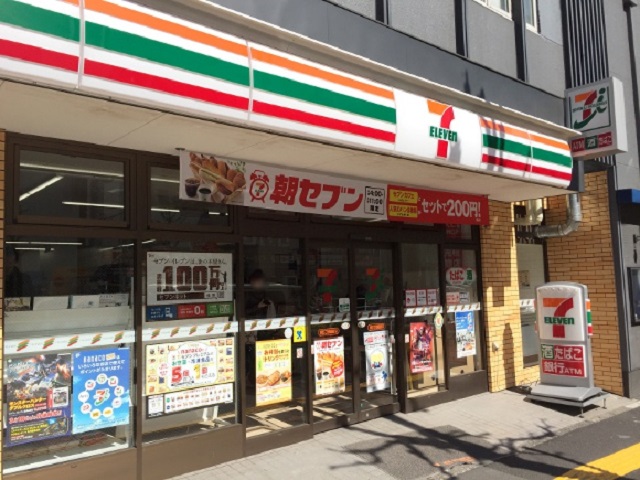
Do the magazine rack, trash cans, and restroom rules act as a preemptive crime report?
By most measures, Japan is a country with very little crime. That said, some neighborhoods are still safer than others, and that’s a major criteria for many people when looking for an apartment.
Unfortunately, it’s not always easy to tell how safe a community is until you’ve already been living in it for a while, at which point simply pulling up and moving to somewhere else might not be feasible. However, recently Japanese Twitter users have been discussing what some say is a way to quickly get a feel for the safety level of a neighborhood: taking a quick look around its convenience stores.
The ball got rolling when Japanese Twitter user @teiji_oriental offered some tips on what to look for, asserting that a neighborhood is dangerous if its convenience stores are well-stocked with One Cup Ozeki (a very low-price brand of sake), plus tabloids and other magazines aimed at middle-aged men. Other red flags: a poor selection of fashion magazines and not allowing customers to use the store’s bathroom. On the other hand, a good selection of organic foods and high-priced mineral waters correlate to a safer neighborhood.
▼ Pictured: A middle-aged man drinking One Cup Ozeki
Other commenters added tip-offs of their own. Trash cans available outside the store were seen as signs of a safe neighborhood, with the receptacles being inside indicating the opposite. For bathrooms, many mentioned a sliding scale where free use by customers was indicative of the safest neighborhoods, having to ask the staff first meant moderate safety, and no customer bathroom whatsoever was the worst. Signs posted inside the store bearing messages like “Shoplifting is a crime” or “Thank you for using the bathroom without leaving a mess” were also associated with unsafe neighborhoods (the latter perhaps because not leaving the bathroom a mess should go without saying). Finally, the section for liquor and drinking snacks being right where customers enter the store was also pointed to as worrisome.
▼ The drinking snack section of Japanese convenience stores is where you’ll find mixed nuts, beef jerky, and dried squid.
The overall theme was that neighborhoods with comparatively more men, less income, or a stronger thirst for booze are more dangerous. However, not everyone agreed with this logic, with multiple commenters claiming to be current or former convenience store workers disputing the accuracy of these litmus tests. “I’ve worked in four different convenience stores, and none of this is true,” said one. “The product selection has nothing to do with how safe the neighborhood is.”
Where the trash cans are located is often a factor of how much pedestrian traffic the area has, mentioned another. The bins are supposed to be for customers of the store only, and a large number of people passing by increases the chance that non-customers might drop their trash into them, filling them up and inconveniencing people actually shopping at the store. Policies on customer toilet use aren’t necessarily for crime prevention, either. If a convenience store is located in a neighborhood with many pubs or restaurants, many passersby may be feeling the call of nature on their after-dinner walk home, and the store simply might not want a line of people standing around waiting to use the john, or have enough staff to keep up with the increased cleaning schedule that would go along with that much use. One current convenience store owner pointed out, not all convenience stores are built with a layout that allows direct access to the bathroom, and only have a small employee restroom at the back of the office.
One could still make the counter-argument, though, that with alcohol being a common factor in street crime, and with more male perpetrators than female ones, that a convenience store stocking products that appeal to men who like to drink means that there are more such men in the area, and thus the greater potential for crime…all else equal. That’s just one possible factor, though, so perhaps the best thing to do before signing a lease is to spend some time exploring various parts of the neighborhood, not just the convenience stores, at various times of day to help you judge whether you feel comfortable enough to start calling it your home.
Reference: Twitter/@teiji_oriental via Hachima Kiko
Photos ©SoraNews24
● Want to hear about SoraNews24’s latest articles as soon as they’re published? Follow us on Facebook and Twitter!